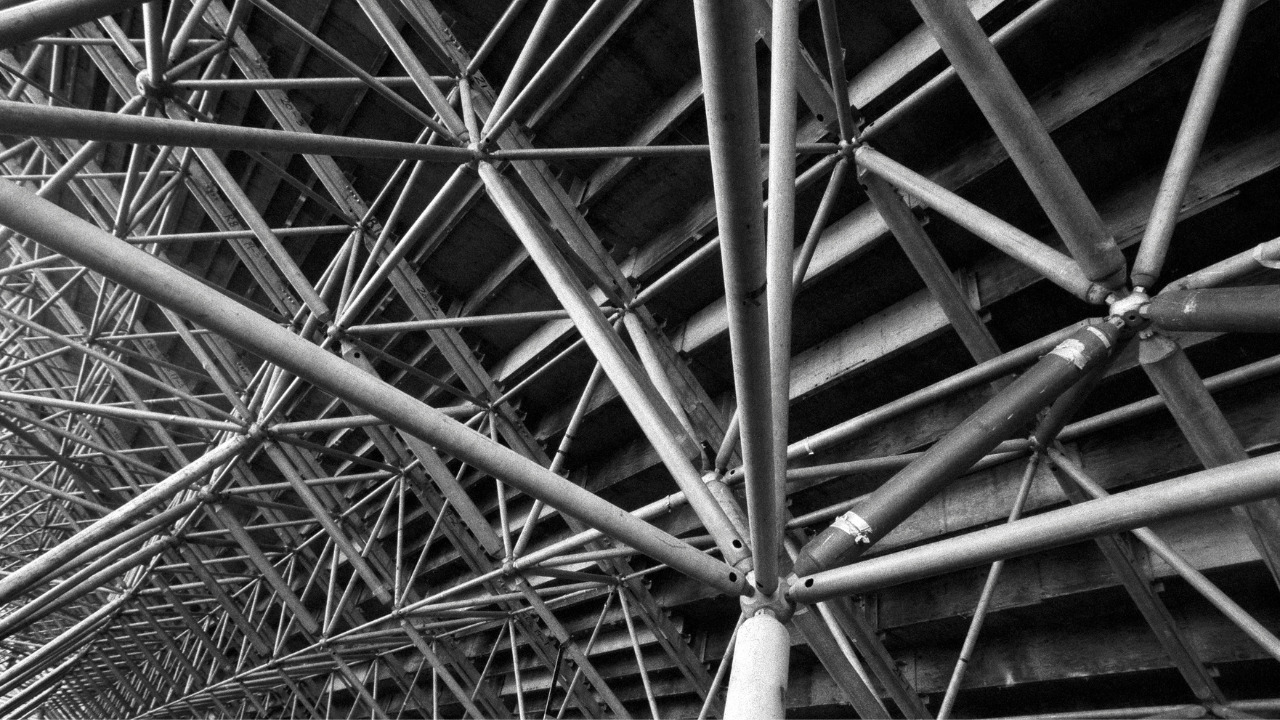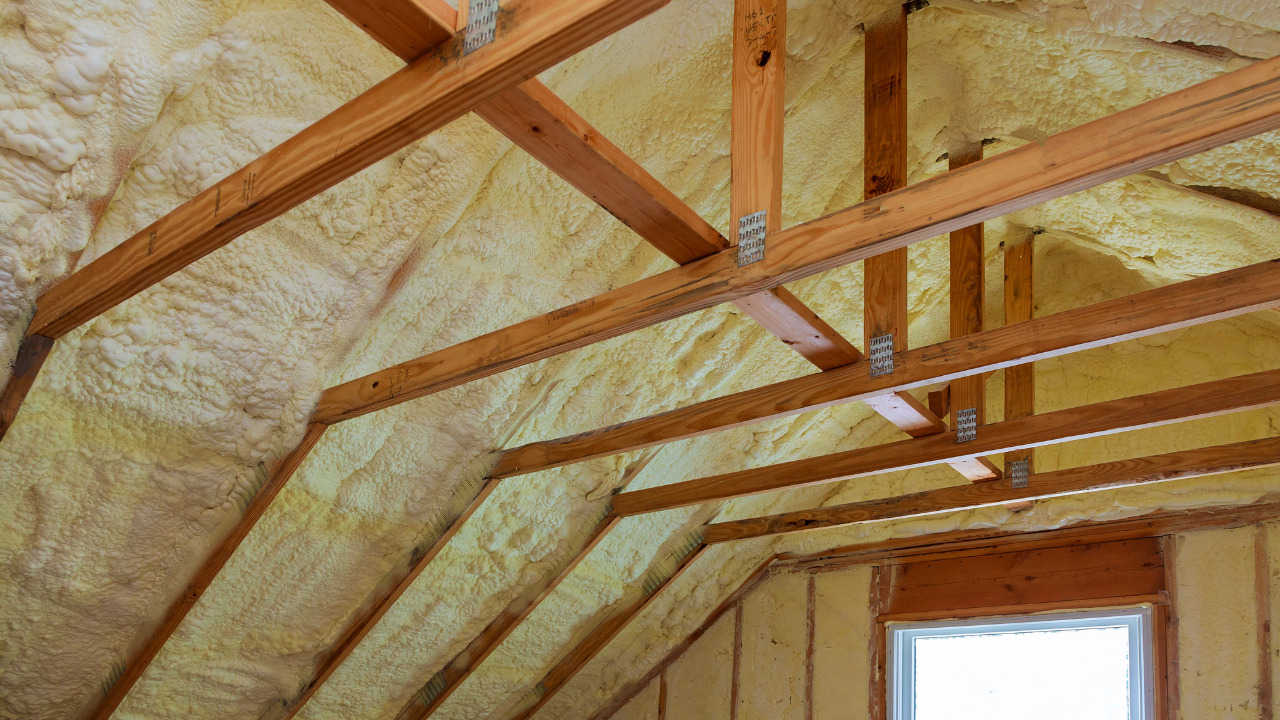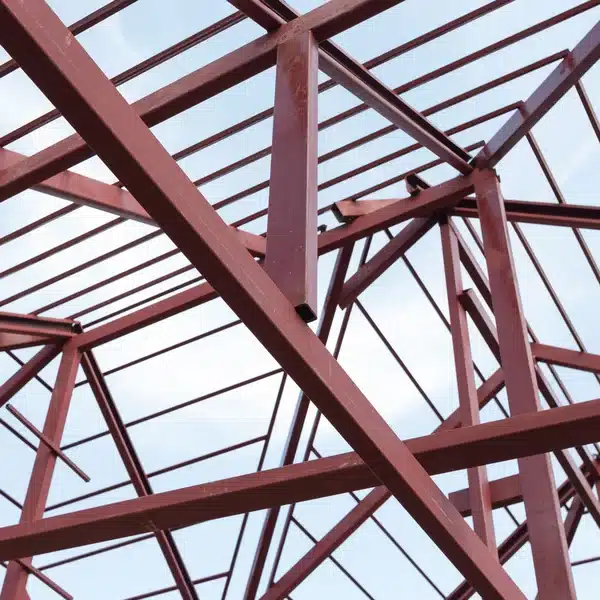Steel and wood trusses have long been used in the construction industry for a variety of applications, from roofing to bridges. They offer many advantages over traditional building materials, such as increased strength, durability, and cost-effectiveness. If you ever wonder if steel trusses are better than wood trusses, then you are not wrong to question it. Steel trusses are designed to support large amounts of weight without compromising structural integrity or stability as compared to wood trusses.
However, with their easily connectable components, steel, and wood trusses offer both residential and commercial buildings flexible design options that can be customized for specific project requirements.
These structures are effortless to assemble and install, making them an efficient choice for construction projects. Whether building homes or offices, the unique interlocking design of trusses makes it a perfect solution with endless possibilities for designing stunning spaces.
Table of Contents
What are Trusses Used for
Trusses provide exceptional strength and support, making them a popular choice for an array of structures ranging from residential homes to commercial buildings.
They are frequently used in the building of roofs, bridges, and even agricultural facilities like barns due to their ability to withstand harsh weather conditions with ease.
Additionally, trusses can be conveniently installed, providing practicality alongside durability, which is why they remain a favored option across many industries today.
Horse riding arenas and indoor sports facilities also use steel trusses for their incredible strength, providing a wide-open space that requires no interior columns.
When making a choice on which material to use, it is important to consider the intended application and level of load-bearing capacity required.
Why Steel Trusses are Better
High-quality steel trusses are better than wood trusses for a variety of reasons. While wood trusses may have certain advantages, steel has proven to be a much more robust and resilient material for constructing stable buildings that can withstand the test of time.
Its superior strength allows it to bear heavy loads without experiencing structural stresses over extended periods, making it an ideal choice for construction projects where longevity is essential.
Furthermore, its durability ensures greater resistance against environmental forces such as wind, rain, or snow compared to wooden trusses, which are prone to damage under these circumstances.
In contrast to wood trusses that need regular treatments and repairs for upkeep, steel trusses demand minimal maintenance throughout their lifespan. They present impressive resilience and longevity at an affordable rate, making them a top choice in various construction endeavors.
What to Consider When Choosing Trusses
It is vital to carefully evaluate and take into account the purpose and amount of load that trusses will support. By doing so, we can guarantee that the chosen trusses satisfy applicable regulations and construction necessities.
Moreover, a crucial aspect to reflect upon in selecting trusses is how they’ll fit cohesively with the design plan by adding an aesthetic appeal, as there are various styles available for different appearances.
When considering trusses for construction projects, the choice of materials is crucial. Although wooden trusses offer an attractive appearance and flexibility in design customization, steel trusses are generally more suitable for large-scale constructions that require high levels of sturdiness, longevity, and resistance to environmental conditions.
Conclusion
The selection of trusses for construction projects involves considering the intended purpose and amount of load that will be borne, as both wood and steel truss systems offer their own unique advantages and drawbacks. It is crucial to assess these factors when making a decision about which type of truss would be most suitable for the project at hand.
Although wooden trusses provide flexibility in design and may be advantageous from a cost perspective, steel trusses are typically preferred for sizeable projects that require endurance against substantial loads and extended exposure to the elements. The maintenance demands and longevity of each type of truss must also factor into the decision-making process, along with aesthetic considerations.
Selecting the ideal truss for a construction project primarily relies on its specific needs and demands. It is imperative to collaborate with reputable suppliers or manufacturers to ensure that the selected truss system adheres to necessary building codes, provides safety, and maximizes efficiency while being cost-effective.
A suitable type of truss must be chosen as it plays a vital role in many construction ventures; hence, careful consideration can significantly advance the success rate of any undertaking.





